Tianjin, a vibrant coastal city in northern China, is renowned for its rich culinary heritage, blending imperial elegance with rustic, home-cooked charm. Among its many iconic dishes, ruan zha xia ren (软炸虾仁), or soft-fried shrimp, stands as a testament to the city’s mastery of delicate flavors and textures. This dish, with its golden, ethereal coating and tender, succulent shrimp, has captivated diners for generations. Unlike heavier, crunchier fried preparations, Tianjin’s soft-fried shrimp prioritizes a light, airy batter that shatters gently with each bite, revealing the sweet, briny essence of the seafood beneath. This article delves into the history, techniques, and cultural significance of this beloved dish, offering a step-by-step guide to recreating it authentically in your own kitchen.
A Historical Tapestry: The Origins of Soft-Fried Shrimp
The roots of Tianjin’s soft-fried shrimp can be traced back to the Qing Dynasty (1644–1912), when the city emerged as a bustling port and cultural crossroads. Tianjin’s proximity to the Bohai Sea made it a hub for fresh seafood, and local chefs began experimenting with innovative ways to showcase the region’s prized shrimp. The dish’s name, ruan zha, literally translates to “soft fry,” a method that requires precision to achieve the contrast between the crisp exterior and tender interior.
Traditionally, soft-fried shrimp was reserved for special occasions—Lunar New Year feasts, wedding banquets, and family reunions. Its preparation was seen as an art form, passed down through generations of home cooks and restaurant chefs alike. The dish’s popularity spread beyond Tianjin’s borders, becoming a staple on menus across northern China and even in overseas Chinese communities. Today, it remains a symbol of Tianjin’s culinary ingenuity, embodying the balance between simplicity and refinement.
The Ingredients: Quality and Precision
Creating authentic soft-fried shrimp begins with sourcing the finest ingredients. Tianjin’s chefs swear by fresh, wild-caught shrimp from the Bohai Sea, known for their sweet flavor and firm texture. While frozen shrimp can be used, freshness is non-negotiable for achieving the dish’s signature tenderness.
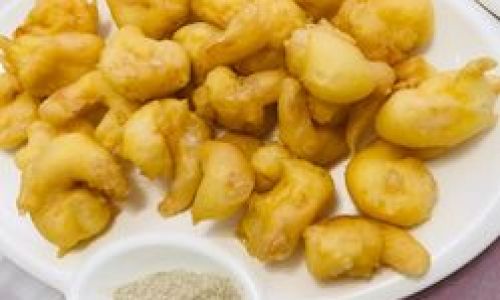
Key Ingredients:
- Shrimp: 1 lb (450g), preferably large or jumbo size (16/20 count). Peel and devein, leaving tails intact for presentation.
- Egg Whites: 2 large eggs, separated (yolks discarded).
- Cornstarch: ¼ cup (30g), sifted to prevent lumps.
- Baking Powder: ¼ tsp (1g), for leavening.
- Salt: ½ tsp (3g), or to taste.
- White Pepper: ¼ tsp (1g), for subtle heat.
- Cooking Oil: Neutral oil (e.g., vegetable or peanut) for frying.
- Optional Garnishes: Finely sliced scallions, chili threads, or a sprinkle of five-spice powder.
Pro Tip: For an authentic Tianjin twist, some recipes incorporate a pinch of shaoxing wine (Chinese rice wine) or a teaspoon of sesame oil into the marinade. However, traditionalists argue that these additions can overpower the shrimp’s natural sweetness.
The Preparation: A Symphony of Technique
Soft-fried shrimp’s allure lies in its contrasting textures—a feat achieved through meticulous preparation and precise frying.
Marinating the Shrimp
Begin by gently tossing the shrimp with ½ teaspoon of salt and a pinch of white pepper. Let them marinate for 15–20 minutes. This step not only seasons the shrimp but also firms their texture, ensuring they remain plump during frying.
Why It Matters: Salt draws out excess moisture, preventing the shrimp from becoming soggy in the batter.
Crafting the Batter
The batter is the heart of the dish. In a mixing bowl, whisk the egg whites until frothy but not stiff. Gently fold in the cornstarch and baking powder, mixing until just combined. Avoid overmixing, as this can deflate the batter’s airiness.
Key Ratios: The ideal batter should resemble a thin pancake mix—coating the shrimp lightly without clumping. If too thick, add 1–2 teaspoons of cold water; if too thin, sprinkle in an additional teaspoon of cornstarch.
Frying: The Two-Step Process
Step 1: Blanching
Heat 2 inches of oil in a wok or deep skillet to 350°F (175°C). Dip each shrimp into the batter, ensuring full coverage, and carefully lower them into the oil. Fry in batches for 1–2 minutes until the batter sets but remains pale. Remove with a slotted spoon and drain on paper towels.
Step 2: Crisping
Increase the oil temperature to 375°F (190°C). Return the blanched shrimp to the oil and fry for an additional 30–45 seconds until golden brown. This double-frying method ensures the shrimp cook through without absorbing excess oil, resulting in a crisp exterior and juicy interior.
Pro Tip: Use a thermometer to maintain consistent oil temperature. Fluctuations can lead to greasy or undercooked shrimp.
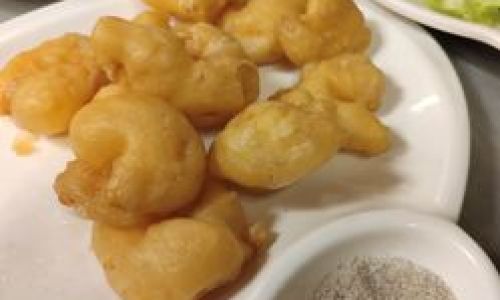
The Plate: Presentation and Pairings
Traditional Tianjin-style soft-fried shrimp is often served family-style, piled high on a porcelain platter garnished with scallion curls or edible flowers. Accompany the dish with:
- Dipping Sauces: A classic trio includes sweet chili sauce, soy sauce mixed with grated ginger, and a tangy plum sauce.
- Sides: Steamed jasmine rice, stir-fried bok choy, or crispy spring rolls balance the dish’s richness.
- Beverages: Jasmine tea or a light lager complements the shrimp’s delicate flavors.
The Culture: Food as a Language of Love
In Tianjin, cooking is an act of devotion. Preparing soft-fried shrimp for loved ones signifies respect and affection, as the dish demands time, patience, and skill. During Lunar New Year, families gather to peel shrimp, whisk batters, and share stories while frying batch after batch. The rhythmic sizzle of shrimp in hot oil becomes a soundtrack to reunion, a reminder of tradition’s enduring power.
Common Pitfalls and Expert Solutions
-
Soggy Batter:
- Cause: Low oil temperature or overcrowding the pan.
- Fix: Use a thermometer and fry in small batches.
-
Tough Shrimp:
- Cause: Overcooking or using stale shrimp.
- Fix: Marinate fresh shrimp and monitor frying time closely.
-
Bland Flavor:
- Cause: Insufficient seasoning.
- Fix: Adjust salt and pepper gradually, tasting as you go.
Modern Twists: Adapting Tradition
While purists advocate for strict adherence to tradition, contemporary chefs have embraced creative liberties. Some now incorporate:
- Spicy Mayo: A fusion twist with Sriracha and lime.
- Herb Batters: Fresh dill or cilantro added to the batter.
- Gluten-Free Flours: Rice flour or tapioca starch substitutes for cornstarch.
However, these variations remain controversial in Tianjin, where tradition is cherished as both a culinary and cultural anchor.
Conclusion: A Bite of History
Tianjin’s soft-fried shrimp is more than a dish—it’s a narrative etched in flour, oil, and sea. Each bite tells a story of coastal bounty, imperial refinement, and the quiet joy of sharing a meal with those we hold dear. Whether you’re a seasoned cook or a curious novice, mastering this recipe offers a gateway to understanding China’s culinary soul. So, heat your wok, gather your ingredients, and let the sizzle of shrimp in oil transport you to the bustling streets of Tianjin—where every meal is a celebration, and every flavor, a memory.
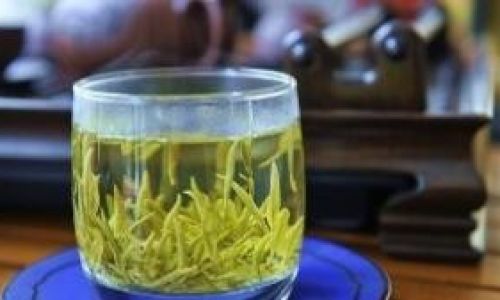
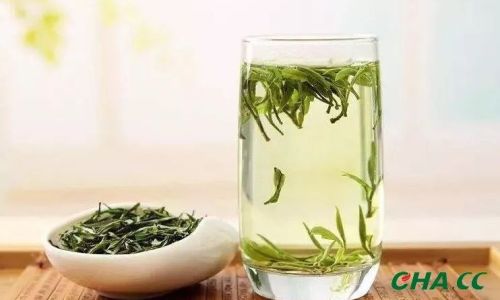
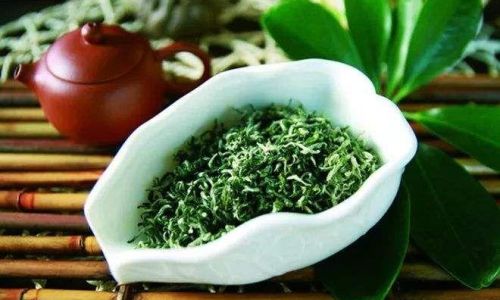

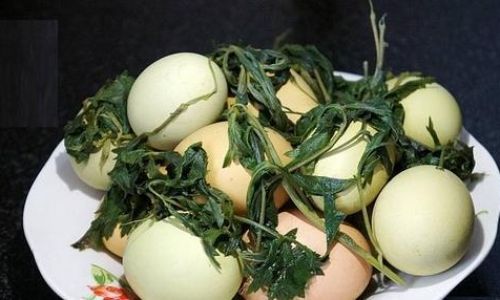

0 comments